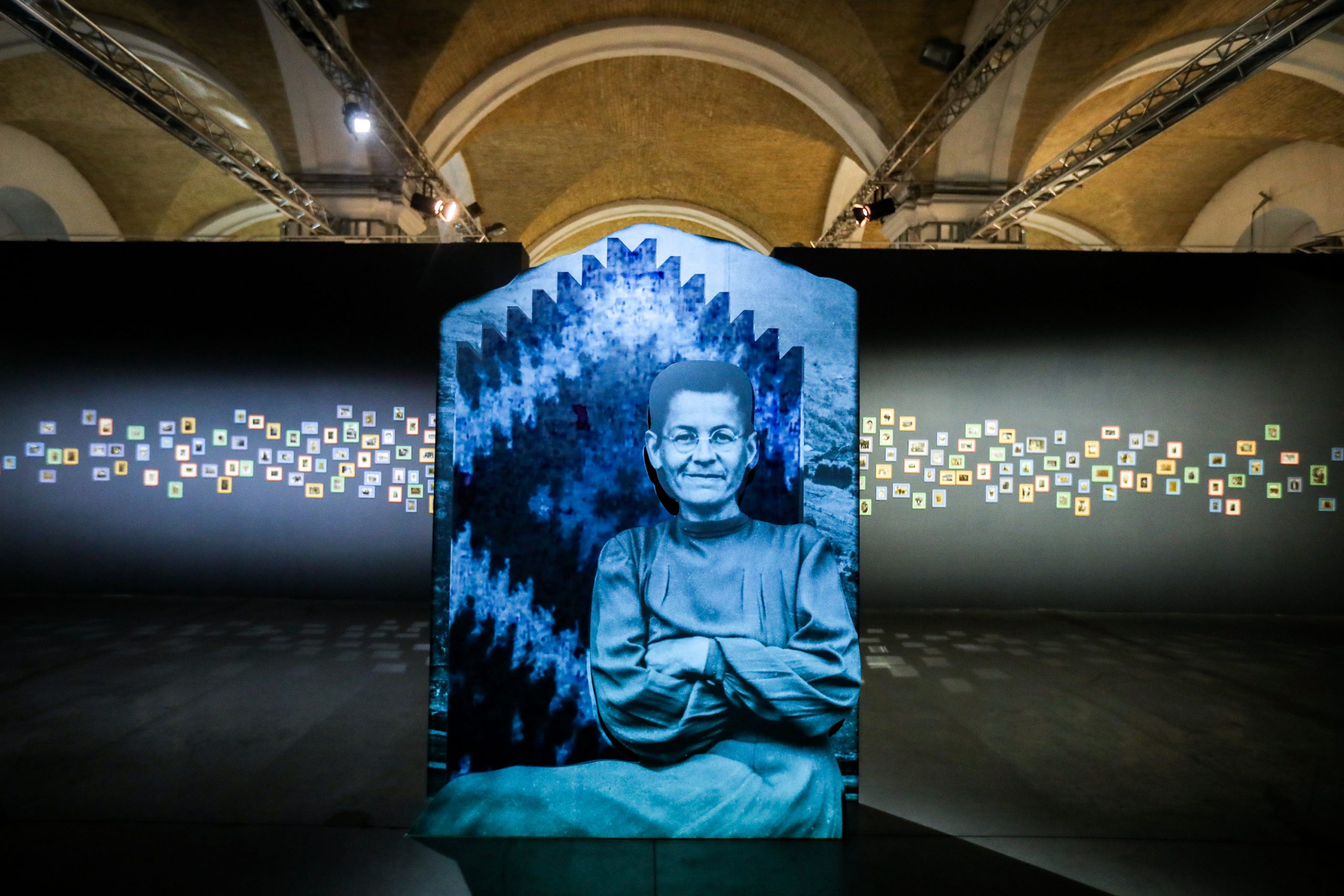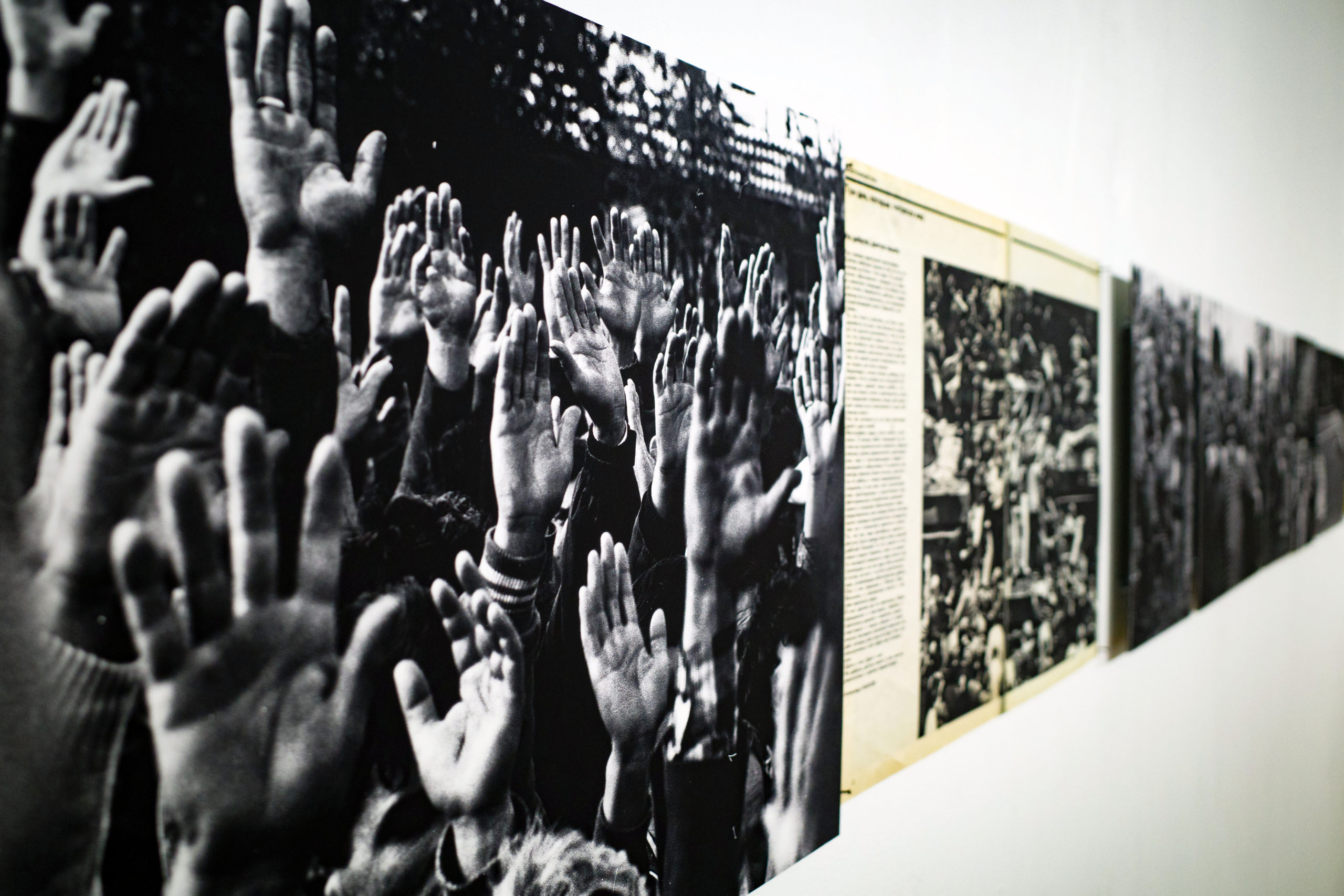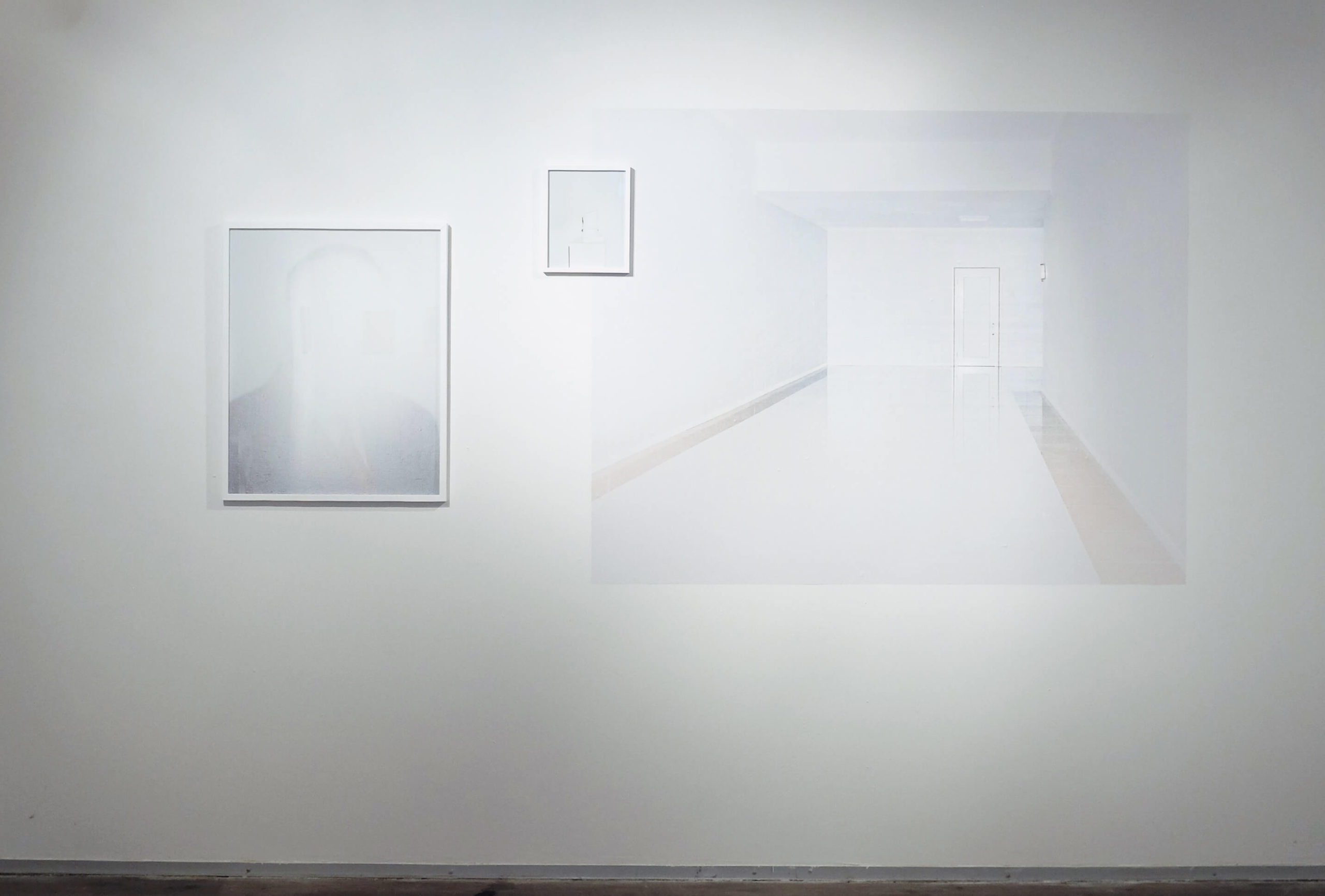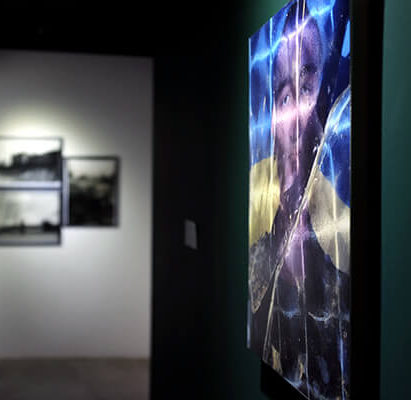Monsters’ Castle, Odesa. 2021
Artists:Archive of Public Protests collective (Poland), Shailo Djekshenbaev (Kyrgyzstan), Sergiy Shabohin (Belarus), Gohar Sargsyan (Armenia), Piruza Khalapyan (Armenia).
An exhibition and research of social and political transformations in the countries of the former Eastern Bloc that happened or became relevant in 2020.
Last Year was difficult not only because of Covid-19 pandemic but also because many countries of the world faced a range of escalated protests and armed conflicts. For the last 20 years countries of the former USSR underwent dynamic social and political changes. One of the main reasons is the formation of young states (due to the fall of the USSR) and new identity. The machinery of government and the society found themselves on different levels just as tectonic plates that are moving with different speeds. Government officials tend to more traditional mechanisms of work while civil society already exists in the context of global processes and needs other approaches respectively. Different approaches and views provoke communication in different forms, including petitions, protests, art, etc.








































